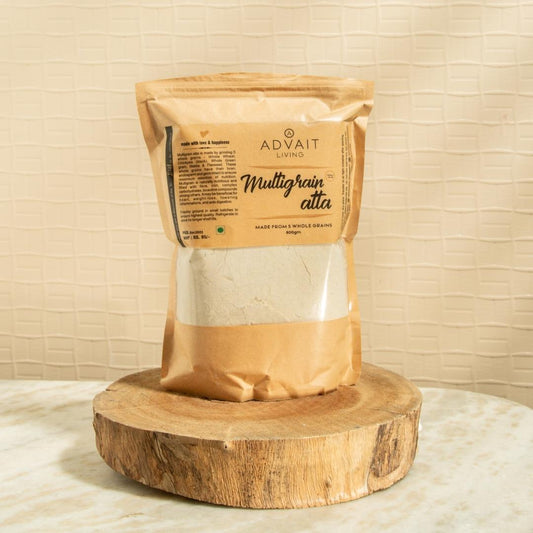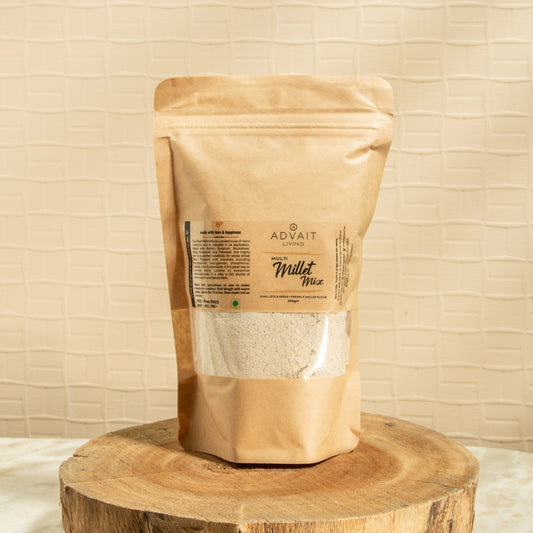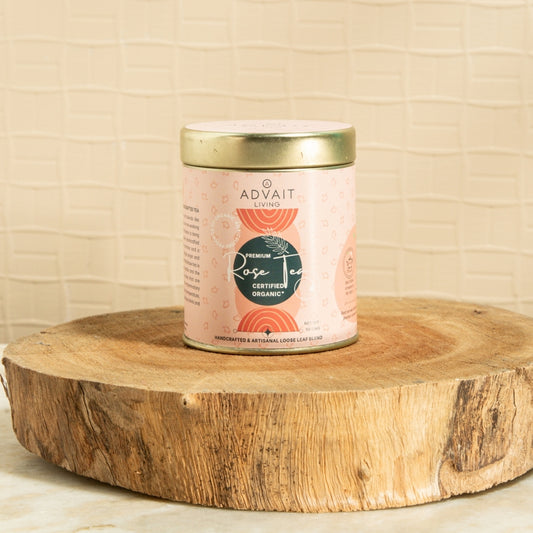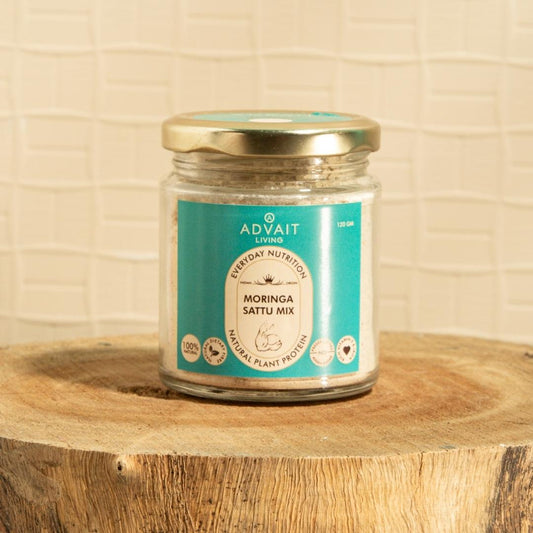Salt is a mineral and more specifically it is 'Sodium Chloride'. Minerals that carry electrical charge or charged ions are called 'Electrolytes'. Electrolytes help conduct electricity with their charged ions. Within our bodies, electrolytes help send chemical messages between cells and organs, etc. They also conduct nervous impulses, contract muscles, keep us hydrated and regulate our body’s pH levels.
'Salt' is an essential mineral and our bodies need it to survive.
How is Salt Produced?
Salt is a natural mineral available in nature. However, the table salt in our kitchens is a processed version of these natural salts.
Natural Salt is found either in Sea Water Or Underground Salt deposits. Natural salt has been mined for thousands of years and this practice can be traced back as far as 6000 BC!!
Difference between Himalayan Pink Salt, Sea Salt Vs White Table Salt:
Processing of the Salt
Interestingly, all salt comes from natural salts. The difference lies in the degree of processing or refining of salt before it reaches our kitchens.
Himalayan Pink Salt: Himalayan pink salt is a natural salt that is mined from underground salt mines. Even though it is popularly called "Himalayan', it doesn't actually come from the
The pink-white hue of this salt is natural and is rendered due to the minerals present in the salt. However, the pink colour ranges from very light (almost white) to darker pink hues. A darker pink hue, doesn't necessarily render the salt as more nutritious.
Himalayan pink salt is also called 'Rock Salt' and "Sendha Namak".
Sea Salt: Sea salt, as the names suggests, is harvested from sea, ocean or saltwater lakes by evaporating the water. Traditionally sea salt is not processed too much. It is usually packaged without refining it or adding any additives. Extraction of sea salt produces a cleaner salt as compared to mined salt from underground salt deposits.
Sea salt retains trace minerals that are good for us and is available as fine grain or crystals.
Table Salt: Table salt is mostly harvested by evaporation of seawater. However, it is a highly processed salt. This salt is cleaned thoroughly and anti-flaking agents are added to make the salt a free-flowing table salt. Another common practice for table salt is 'fortification with iodine'. Iodine fortification began in 1920s in the United States. It began as a way to treat widespread 'goiters' (enlargement of the thyroid gland due to iodine deficiency). However, in present day, 'Iodine' deficiency is no more an epidemic, rather there is a danger of 'Iodine overload' since we get iodine from many other food sources.
Presence of Natural Minerals
Another crucial difference between these salts is the presence and quantity of minerals present in the salts.
We get sodium from salt, a key mineral our bodies need.
Table salt is a refined product and has almost 40% more sodium (per serving) than himalayan pink salt. Table salt contains 2360 milligrams of sodium per teaspoon, whereas a teaspoon of Himalayan pink salt contains 1680 milligrams of sodium — a reduction of about one-third.
However, quantity of sodium present in table salt and sea salt is almost similar. Table salt has approx 10% more sodium than sea salt (per serving).
Although sodium is necessary for our body, excess sodium can lead to many health problems. In the recent years, our sodium (salt) intake has gone up with the consumption of processed foods (that have added salts) - seasonings, soda, soft drinks, breads, pizzas, pasta, among a host of other foods.
Another crucial difference between these salts is the presence of minerals. Himalayan Pink Salt has 84 minerals and trace elements. It is a rich source for potassium, magnesium, iron and strontium and molybdenum among other.
Conclusion
So while you may only think of 'white salt' as sources of salt (or sodium), you can also get 'natural sodium' from many foods such as dairy, meats, celery, spinach, apples, and other fruits & vegetables and even baking soda. So you may be consuming a lot of sodium through your diets as well.
If you’d like to avoid the additives in regular table salt, pink Himalayan salt or unrefined sea salt is a great natural alternative. However, remember table salt is an important source of 'iodine'. So if you’re using pink Himalayan salt, you will need to get iodine from other foods like seaweed, dairy products and fish to help avoid iodine deficiency.
Reference: DRAKE, S. L., & DRAKE, M. A. (2011). COMPARISON OF SALTY TASTE AND TIME INTENSITY OF SEA AND LAND SALTS FROM AROUND THE WORLD. Journal of Sensory Studies, 26(1), 25-34. https://doi.org/10.1111/j.1745-459X.2010.00317.x
















